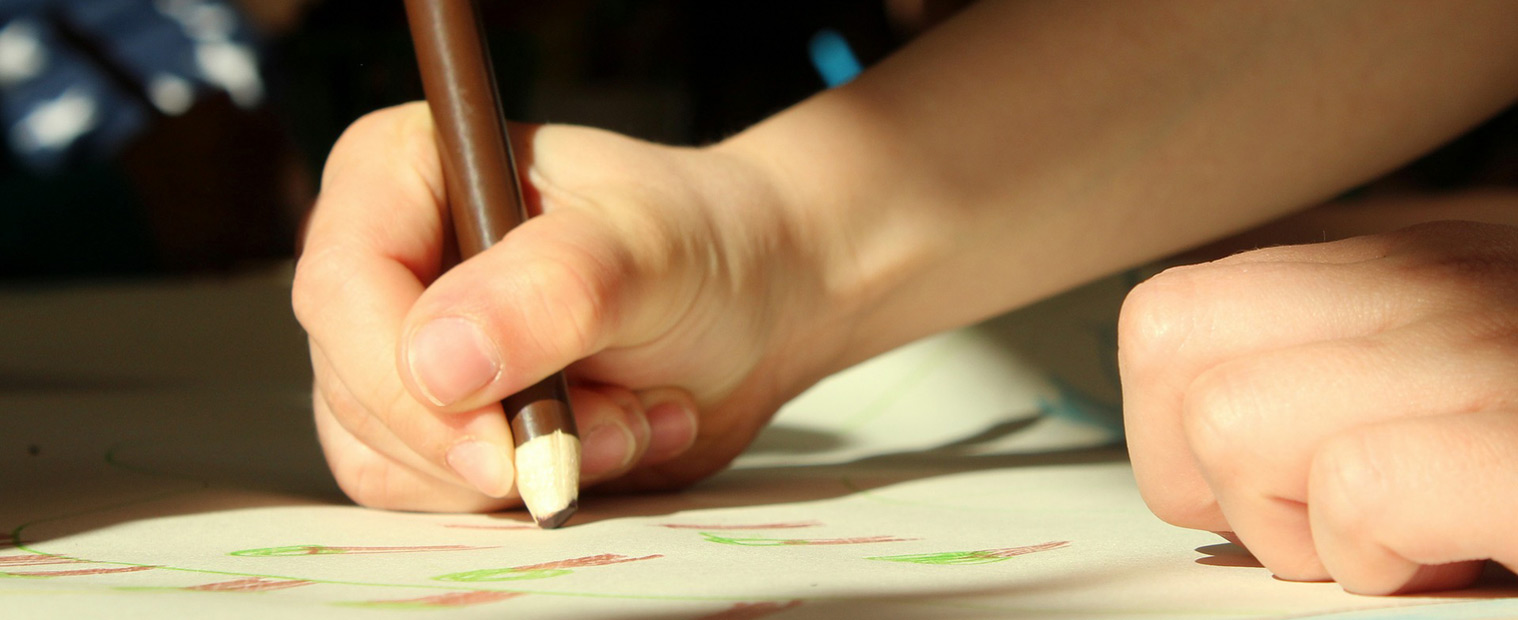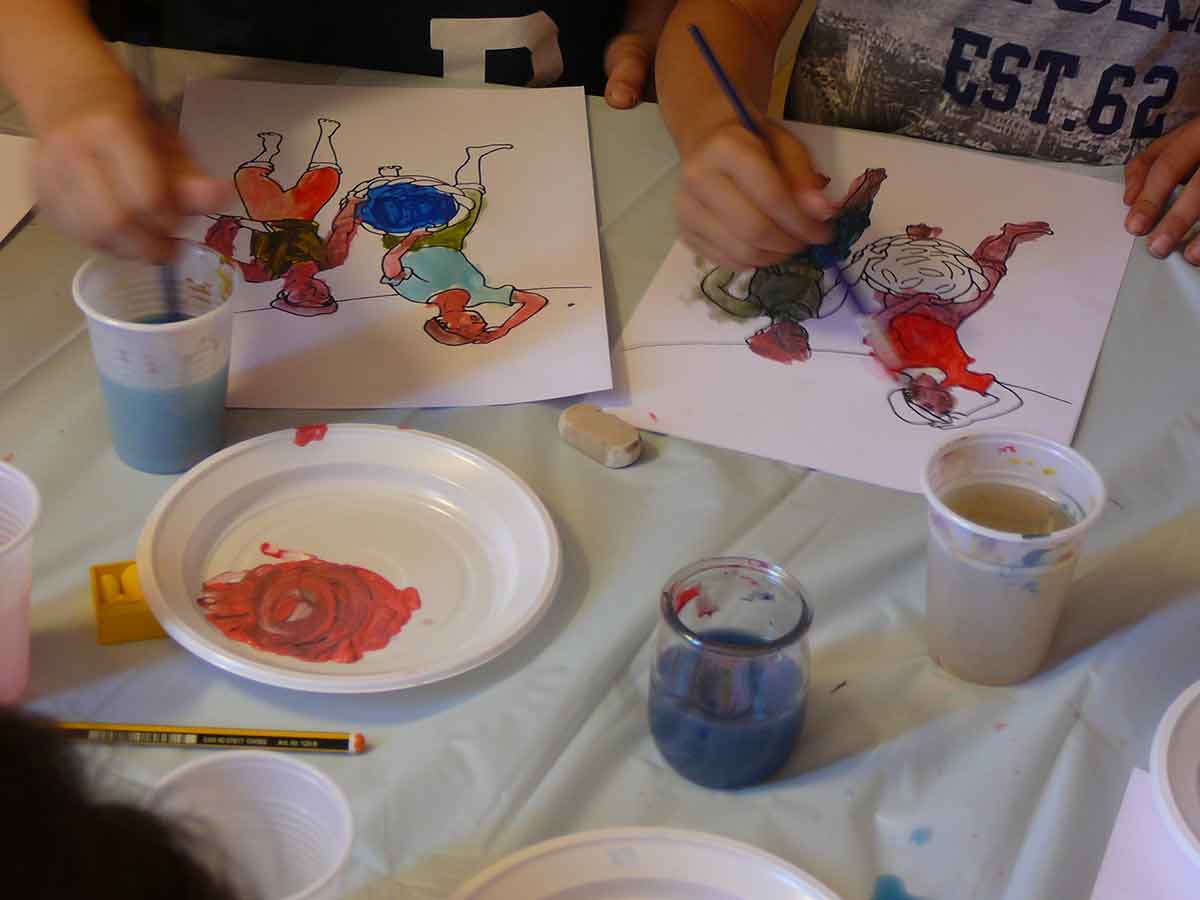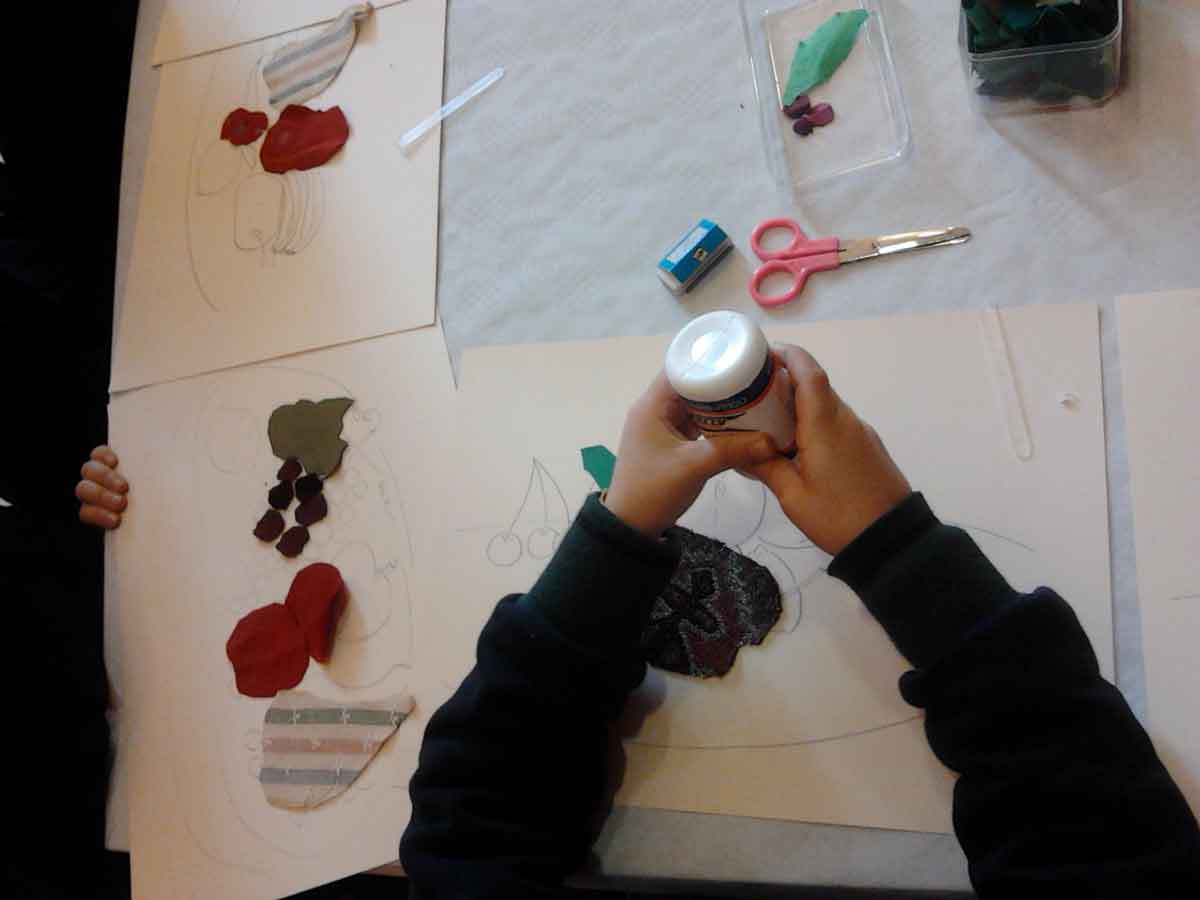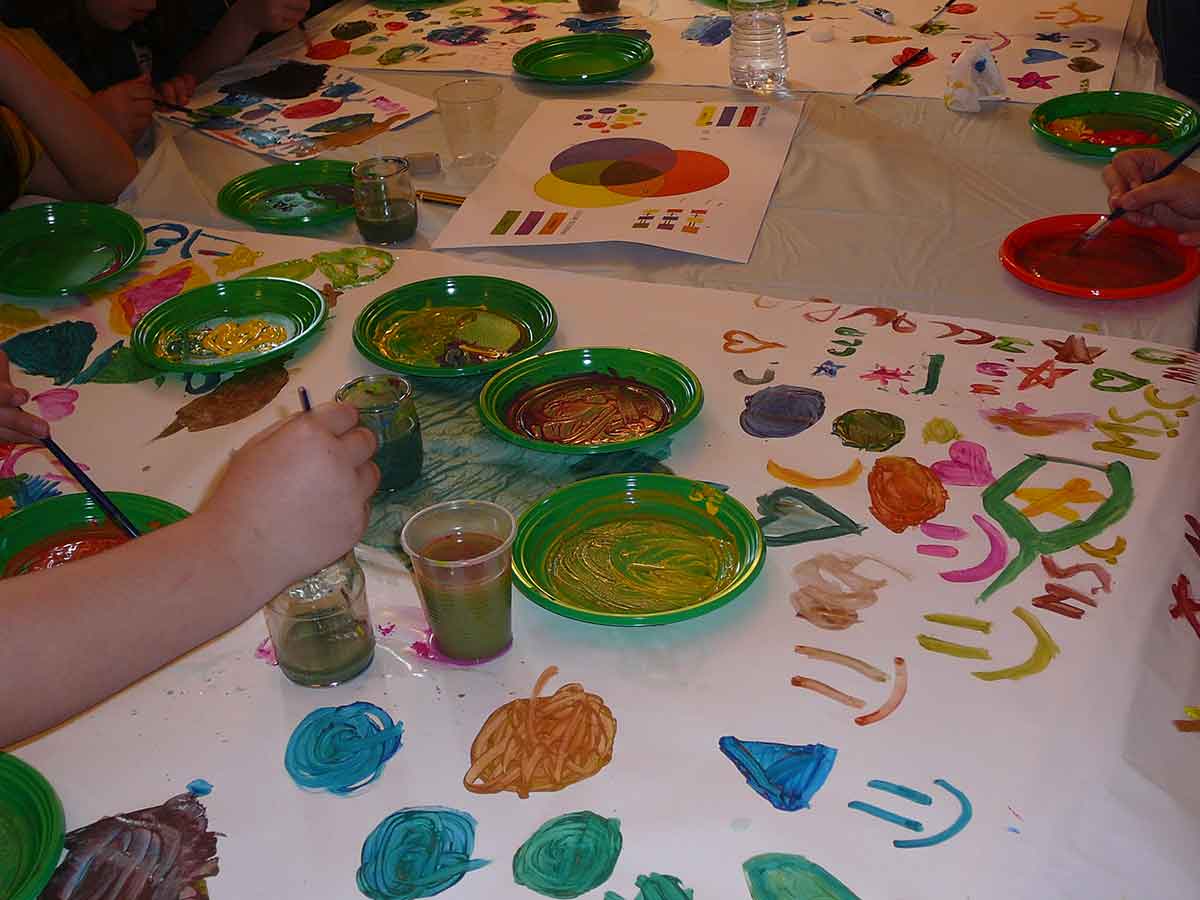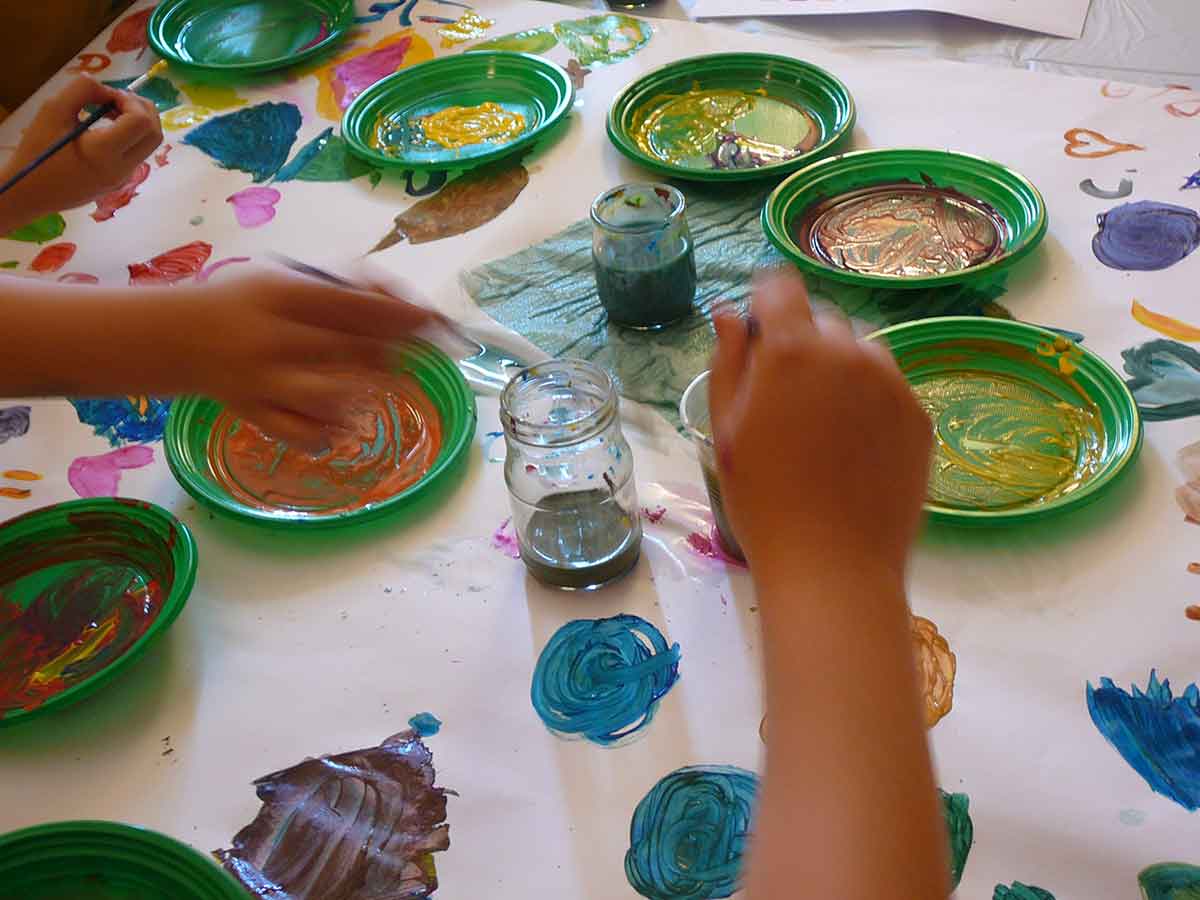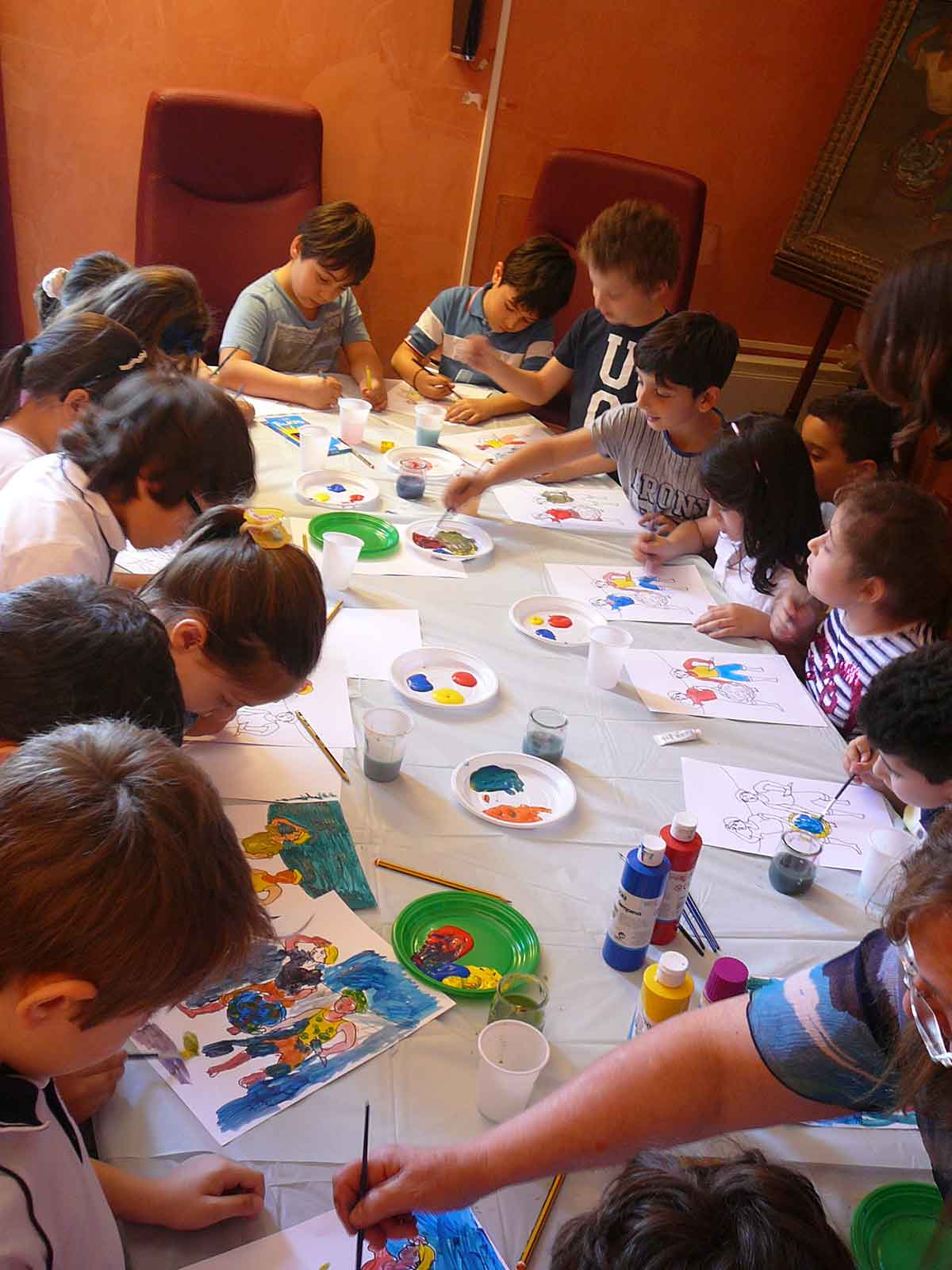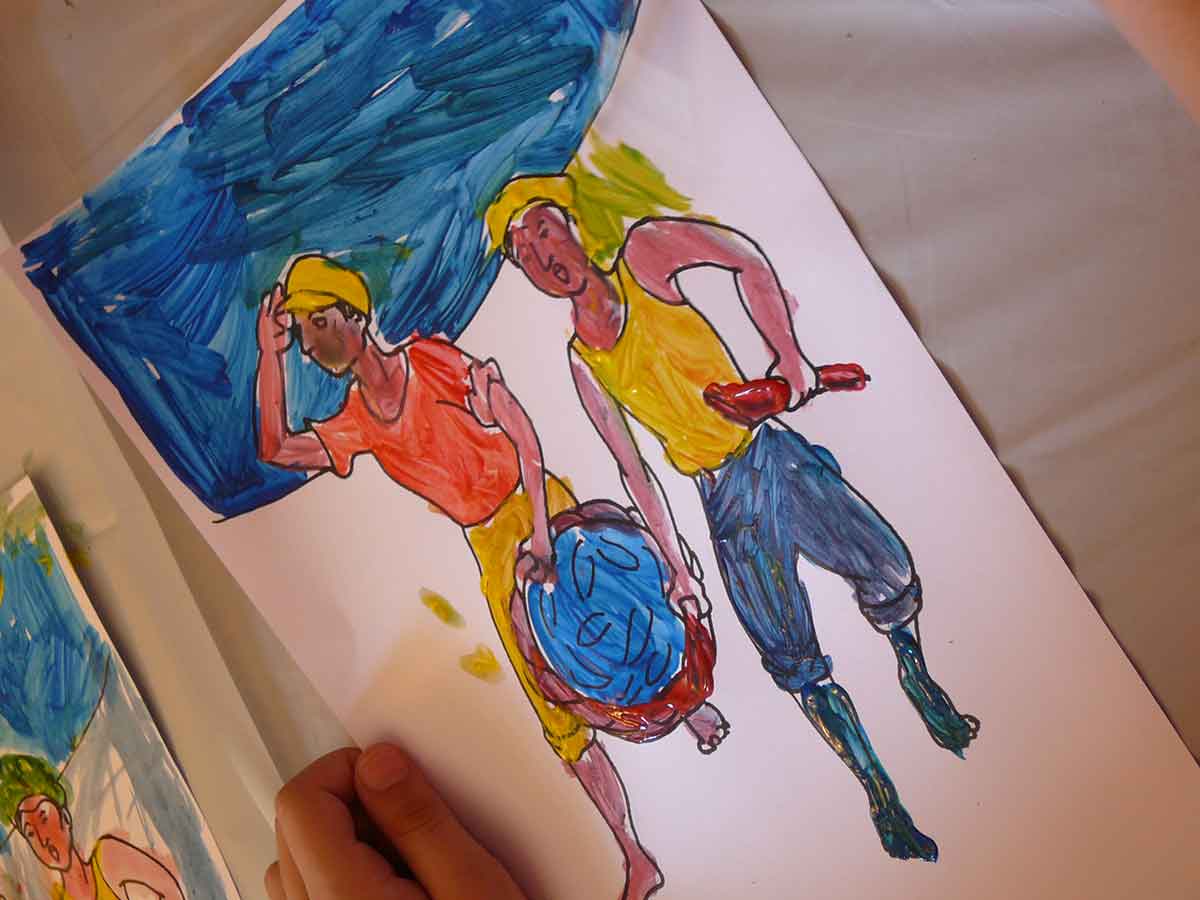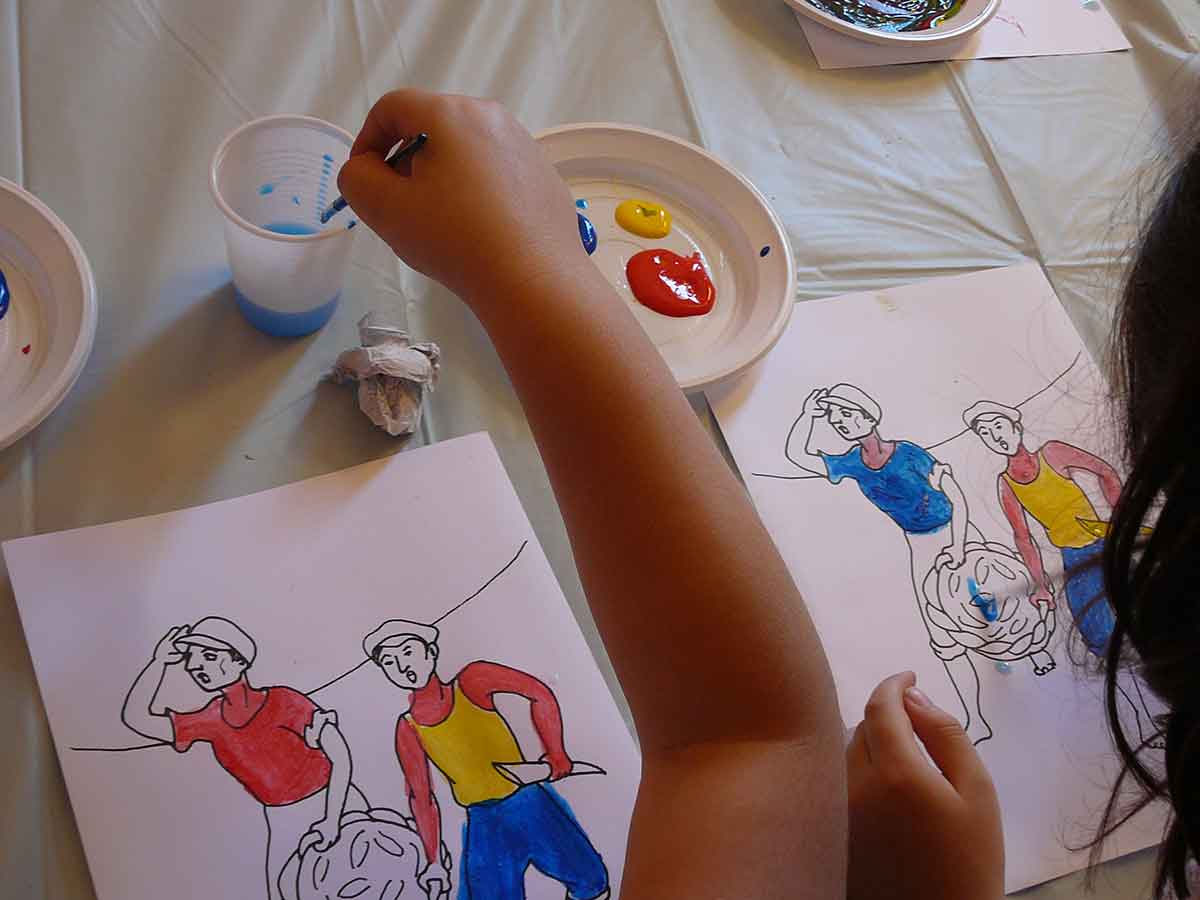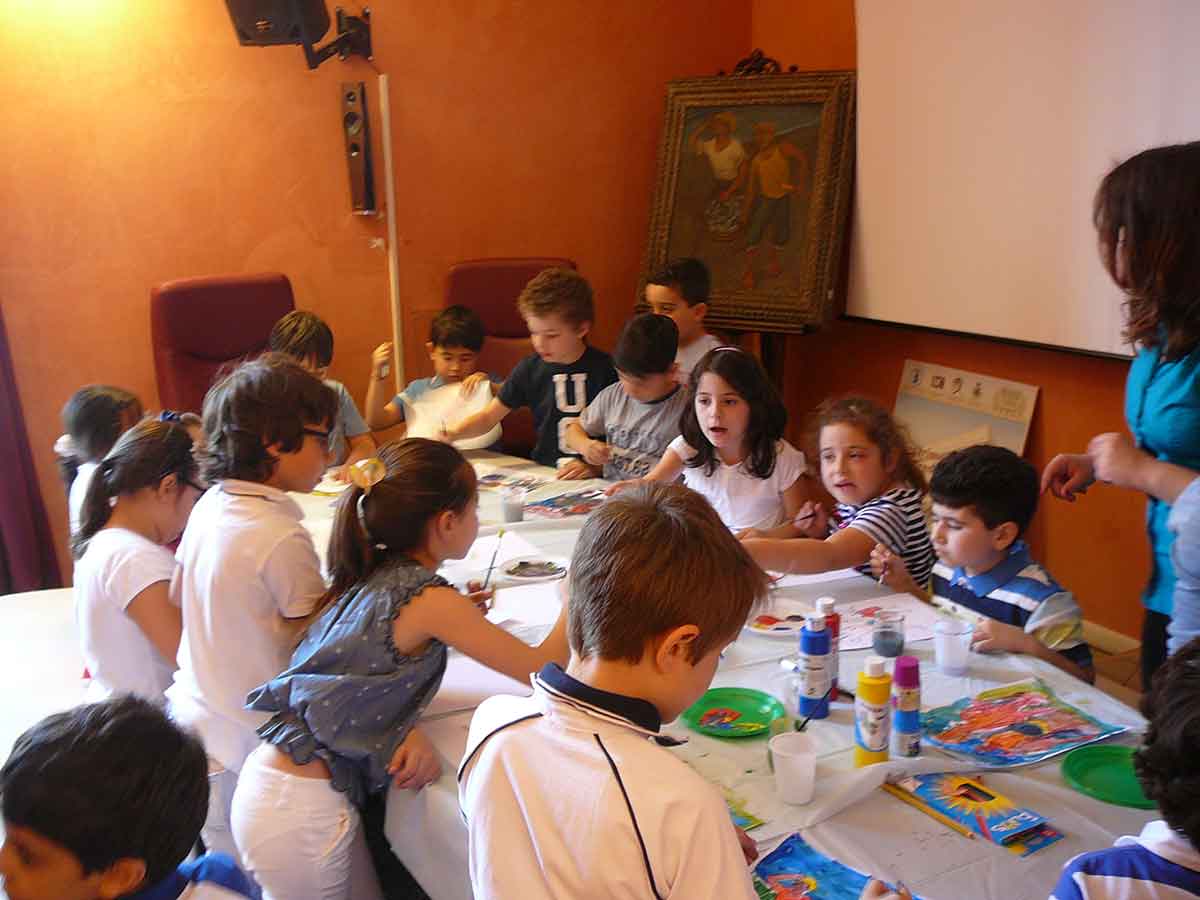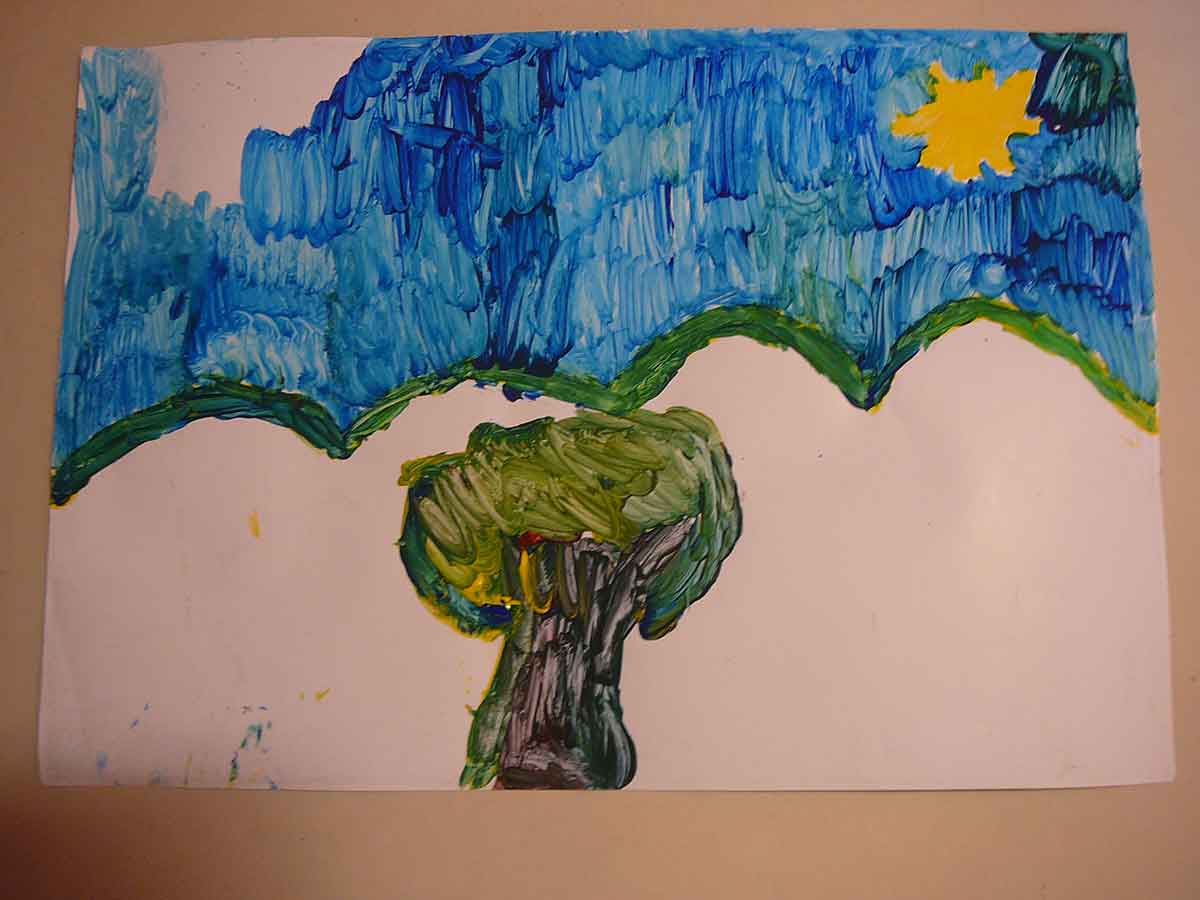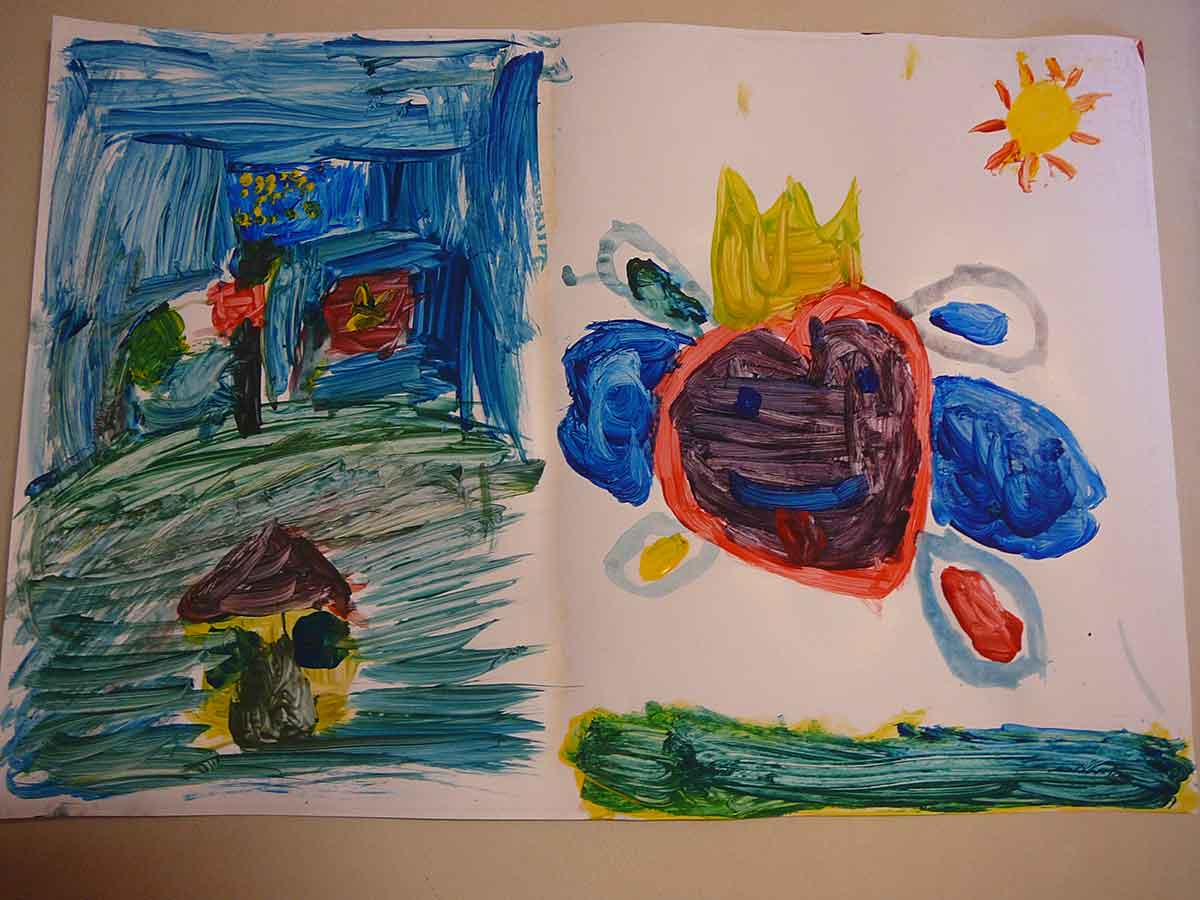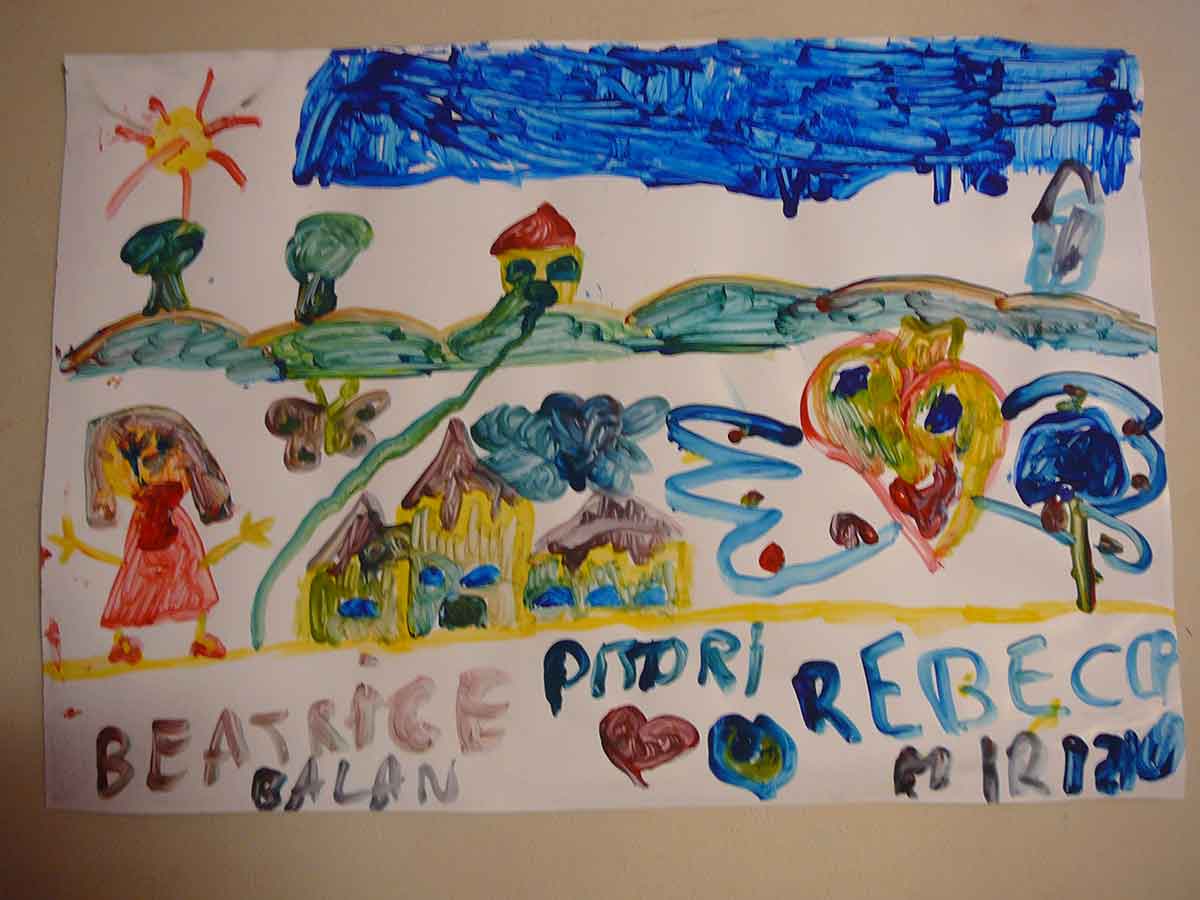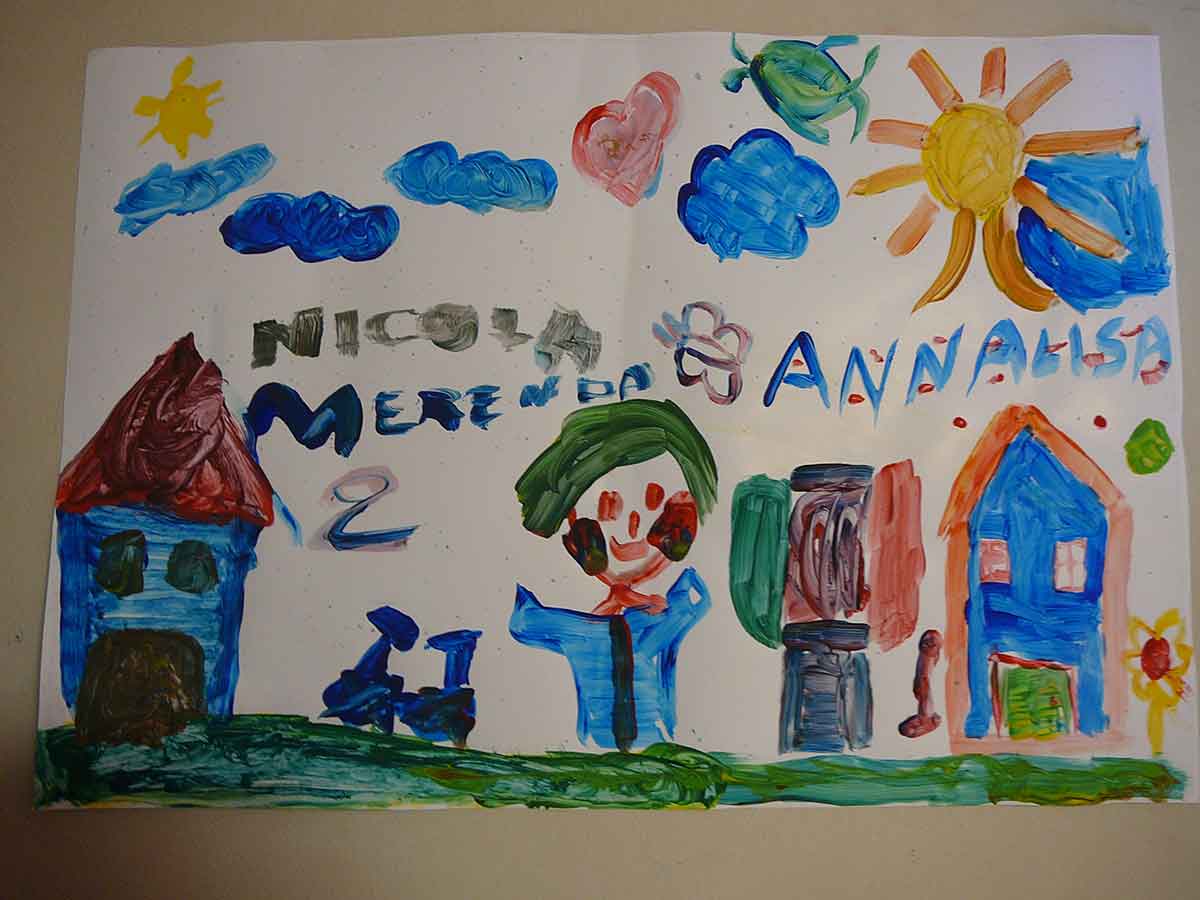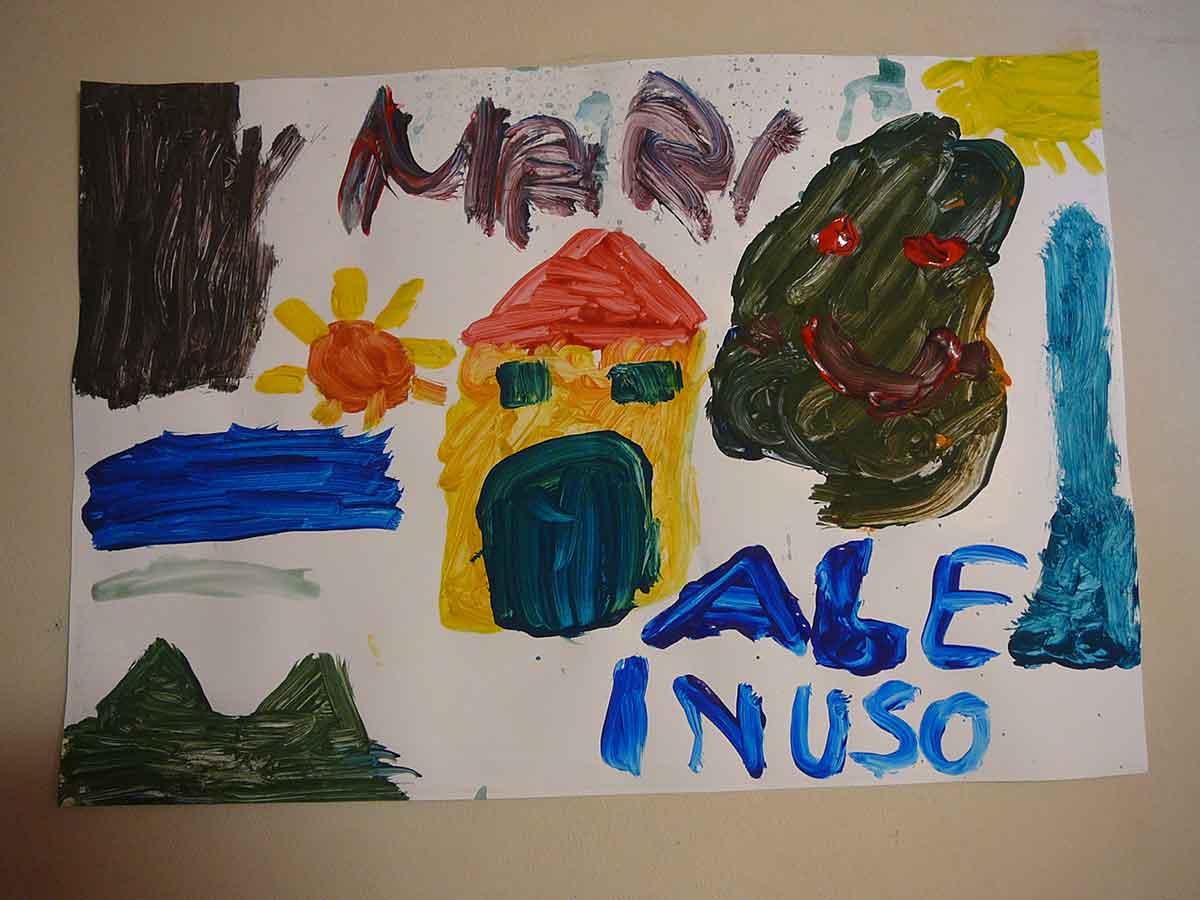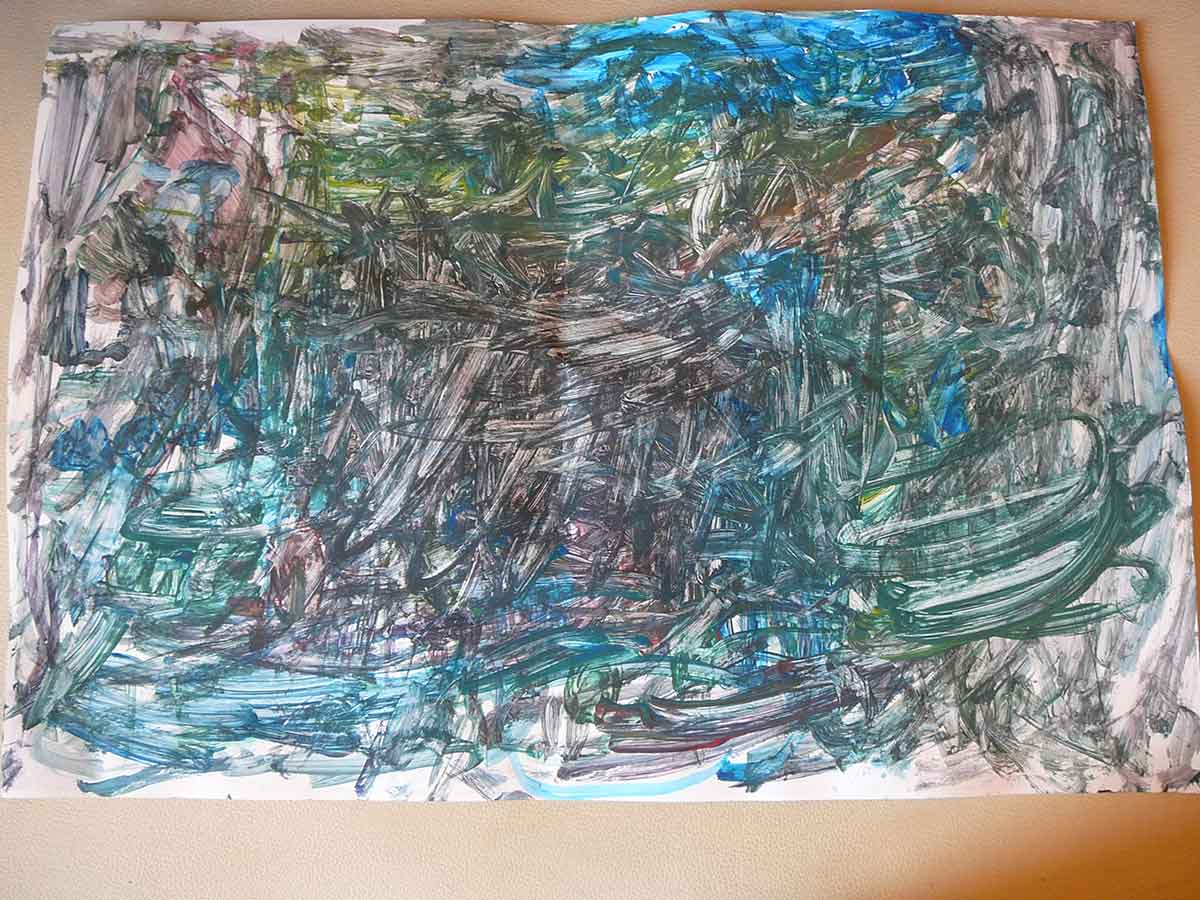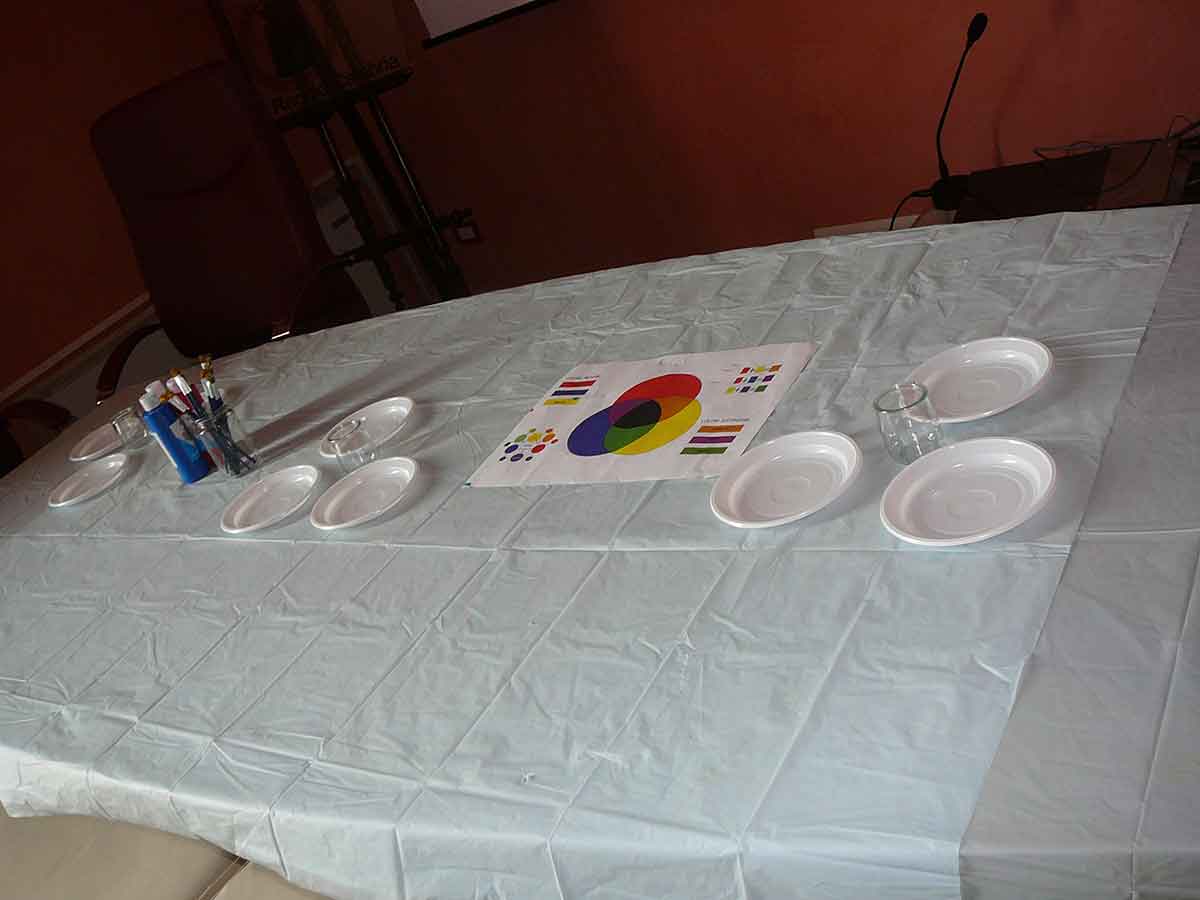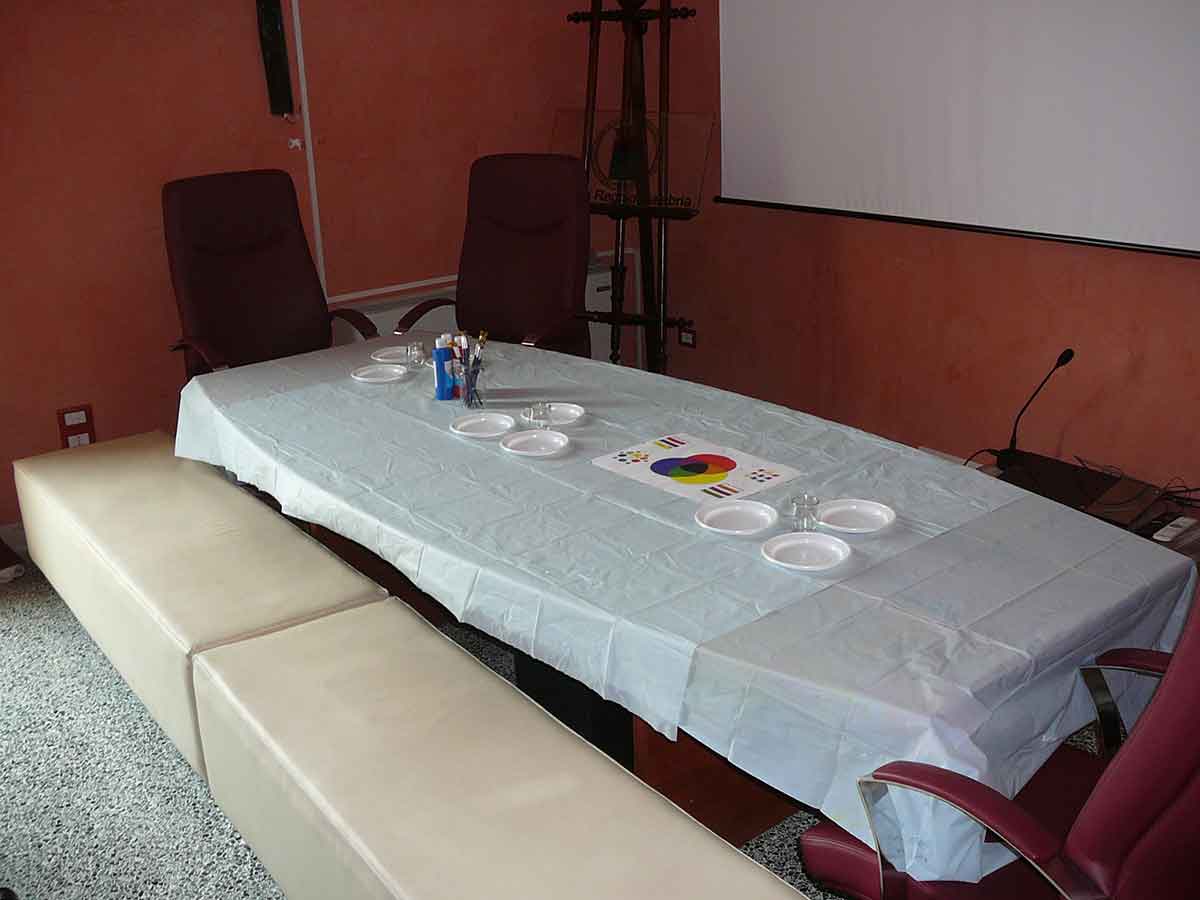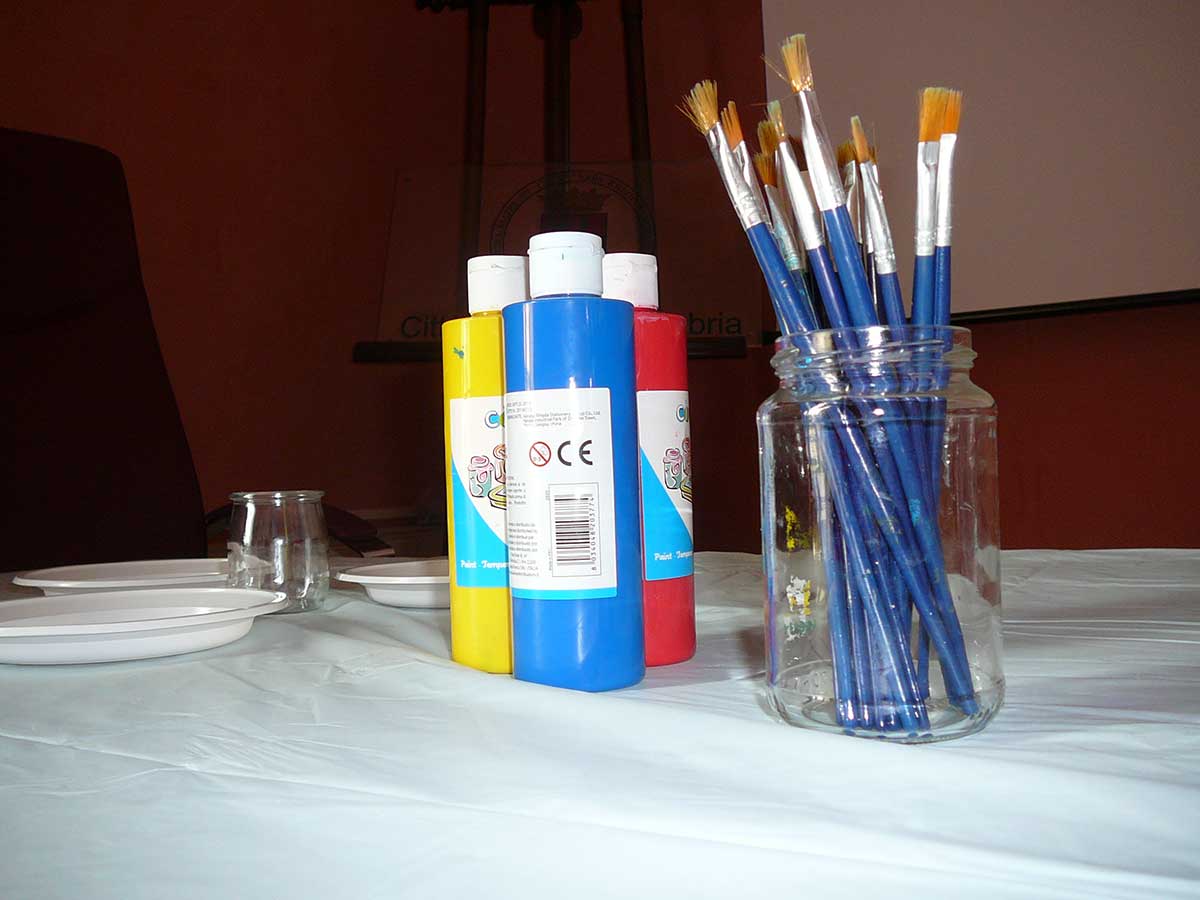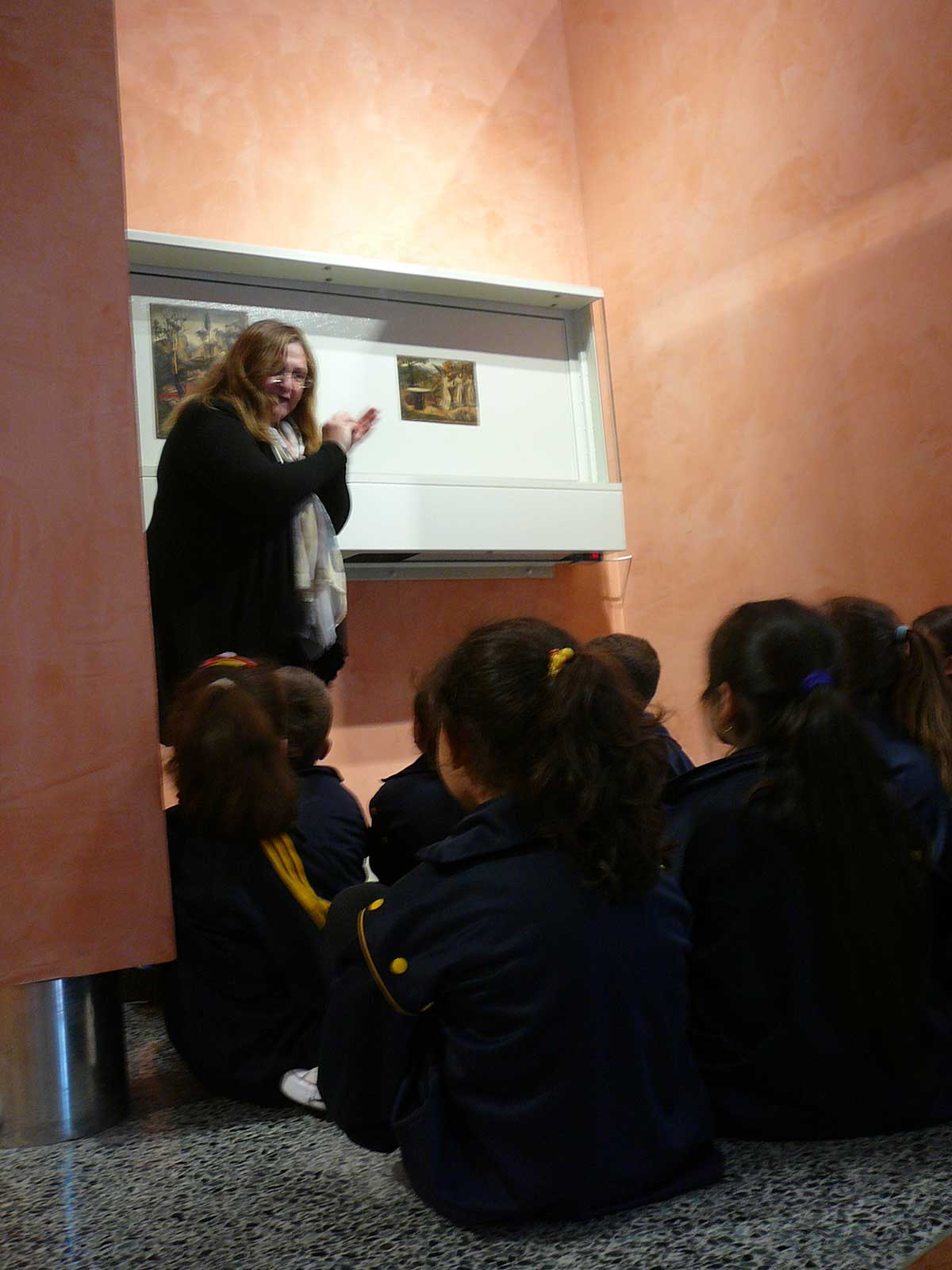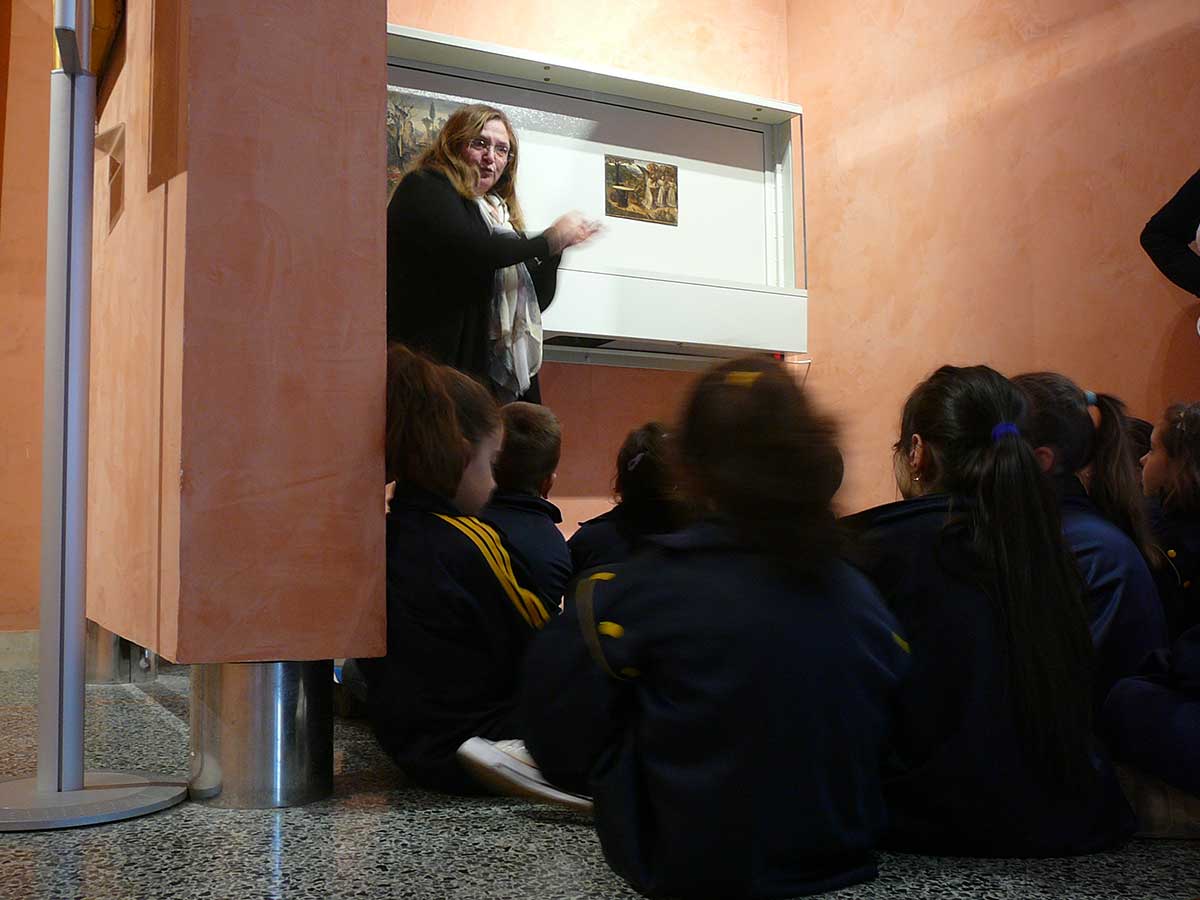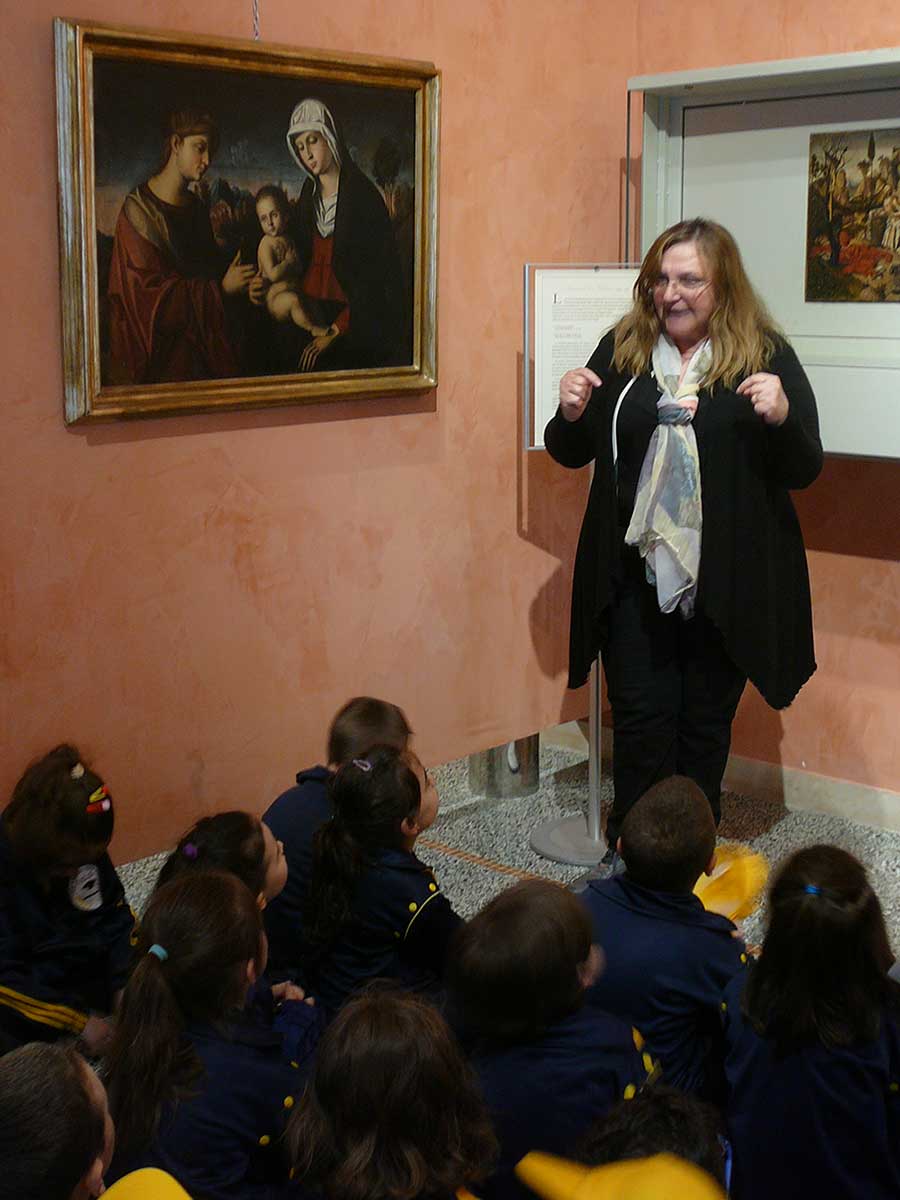Services for schools
Guided tours and educational activities can be provided for school groups by reservation.
Guided tours
The guided tour lasts about three quarters of an hour and is intended for groups of up to a maximum of 25-30 people; it is necessary to wait about 20-30 minutes between one group and another. The didactic activities, created for kindergarten and primary school children, and for secondary school students in their first year, are planned to work for one class at a time (about 20 minutes) and include a guided tour with an expected duration of approximately two hours. In addition to the expected tour, other educational activities can be planned in agreement with the teaching staff.

Course programs
Activities for kindergarten and primary school students
Specific objectives
- The promotion of play: living the museum as a spatial-game;
- Exploration and research: stimulating the spirit of observation and enriching expressive and creative skills;
- Relationships in life: learning to be carried out in a group, as well as sharing activities;
- Reading and understanding works of art: recognising the distinctive elements of the evolution of figurative representation throughout the centuries.
Proposed activities:
Course 1 – “The artist’s workshop”
During a visit to the collections on display, the children will observe the various types of paintings and discover the fascinating world of an art workshop. Subsequently, they will approach the world of colours and learn about them; they will start to distinguish primary and secondary colours through a game. Finally, the children will witness the “magic” of the colours by experimenting directly with the tempera colours, as all the others are obtained by mixing the three primary ones.
Course 2 – “Hunting animals”
During visits to exhibited collections, the animals present in the works will be observed by the children and then must be subsequently identified by them in the form of a “treasure hunt.” We will start with the oldest works, moving to the more contemporary ones; in this way, the children will try to remember the animals they encountered in paintings and identify them in the appropriate form. Afterwards, each child will draw and colour their favourite animal. Their drawings will be cut out and glued onto cardboard. The child who remembers and writes the names of all the animals in the right place will win the “hunt” and receive a prize.
Course 3 – “Once upon a time, there was a colour …”
During visits to the exhibited collections, there will be discussion regarding how the preparation of colours has changed over the centuries, illustrating the type and origin of the pigments and binding agents used. Subsequently, the children will experiment to create colours using plant essences and powders and will create works with the colours that are produced.
Activities for students from second grade primary school and first year secondary school
Specific objectives
- Approach the interpretation of works of art, identifying some basic elements of iconic communication (relationship between images, gestures and movements, proportions, shapes, colours, expressions, contexts) to grasp the sense of a visual text;
- Stimulate the spirit of observation, sensitivity, and emotions, enriching expressive and creative skills;
- Know how to sketch out a graphic design project;
- Begin the narrative use of images using various expressive codes (cartoon, sequence).
Proposed activities:
Course 4 – “A work of art tells a story … myth at the Pinoteca”
During the visit, a work depicting classical myth will be analysed in more detail. After a careful description, the children, in a room belonging to the Civic Museum, will provide their interpretations by trying to narrate the myth through graphic-pictorial sequences.
Course 5 – “Behind every painting … our history”
Specific objective: Knowing the history of your place of origin and the characters who contributed to writing it, as well as the events that led to the reality that we live in today, allowing students to relate the present to the past. The course will examine the history of Reggio Calabria, providing an overview from its foundation up to the Risorgimento age, focusing specifically on the insurrectional uprisings of 1847-1848 and highlighting people who favoured the development of an idea of a wider homeland that led to the birth of a national state. To this end, during the course, the children will have the opportunity to observe the portraits of patriots. Then, they will proceed to have one of their classmates represent this figure, having him or her become a historical character for one day. The work will be carried out on cardboard with a special frame, just like a real work of art.
Services
Conference Room
The Civic Museum has a conference room with 24 seats and 3 places for speakers, including the following equipment:
- A portable PC connected to the internet that is prepared for the projection audio-video files on a monitor or projection screen
- LCD Television
- An Optoma projector, model FX5200
- Motorised projection screen
- Audio mixer system with 2 speakers
- DVD player with a home theatre system
- 2 table microphones
Spaces for temporary exhibits
The Civic Museum’s atrium is located on the ground floor and can be used for temporary exhibitions. Exhibitions can be set up in the entrance hall or potentially in dedicated spaces within the exhibition halls and can be created after an evaluation of the scientific project with respect to the consistency of the initiative with the collections on display and with the values of the Civic Museum by the Service Manager.
